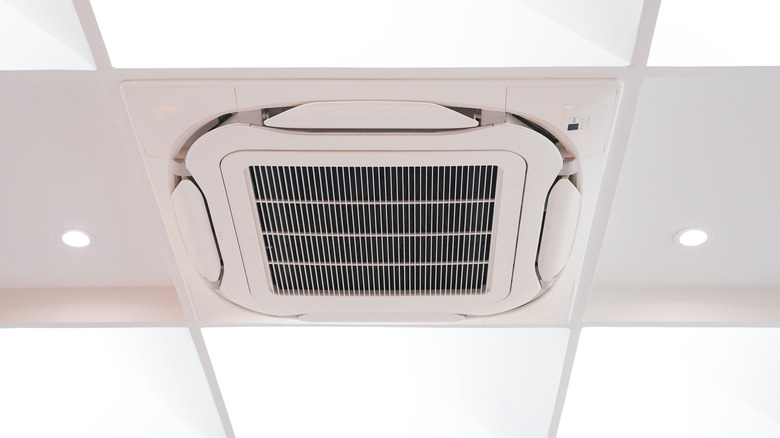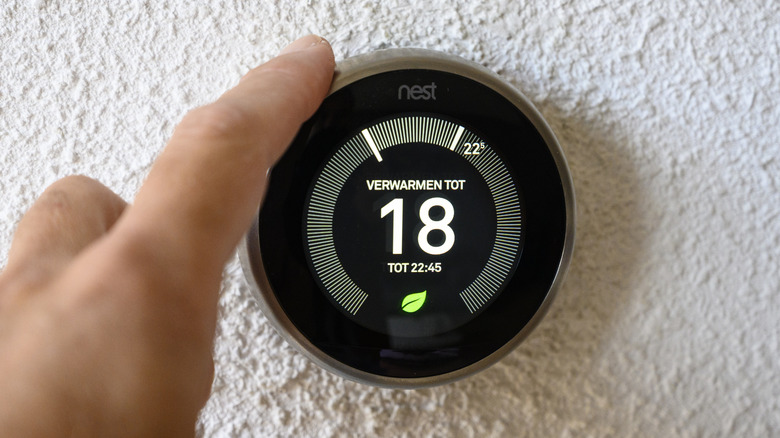Possible Reasons Why Your Central Air Conditioner Isn't Cooling
We did a piece on possible reasons why your window air conditioner isn't cooling, now it's time for central air conditioners. When your AC runs but the house stays hot, the first thing to check is airflow. A clogged air filter is one of the most common culprits. If it's dirty, it restricts airflow and blocks heat transfer, making the AC struggle to cool anything. Replacing the filter can fix the issue immediately. If airflow still seems weak, look at the supply and return vents. Make sure none are blocked by furniture or dust buildup.
Next, check the evaporator coil. If the coil is frozen or covered in dirt, air won't move through it properly. Ice buildup usually means low refrigerant or airflow issues, so if replacing the filter doesn't help, turn off the unit and let it thaw. Then call a pro to inspect refrigerant levels and check for leaks.
Also, check the blower motor and fan. If they aren't running or are spinning slowly, airflow across the coil will be limited. That's a bigger repair, but it's important to diagnose it early. Without proper airflow, your system will overheat, freeze, or both. Keep in mind, airflow issues don't always show up as a total failure. Sometimes your AC will just run longer, raise your energy bill, and still not cool your house properly.
Low refrigerant or leaks will kill cooling fast
If your AC turns on but blows warm or slightly cool air, low refrigerant is likely the reason. This isn't something that "runs out" like gas in a car. Your system is sealed. So if levels are low, you probably have a leak. And even a small leak will cripple your AC's ability to cool.
You might notice hissing noises, bubbling, or ice on the outside unit. Those are red flags that refrigerant is escaping. When the level drops, the system can't pull heat from inside your home effectively, so it runs nonstop without actually cooling.
Unfortunately, you can't just "top it off." Leaks need to be found, sealed, and then the system needs to be recharged. That's not DIY territory; it requires special equipment and refrigerant handling certifications.
If the leak is small and in a visible location, it might be a cheap fix. But if it's buried in the coils or tubing, the repair could get pricey. Either way, ignoring a low-refrigerant issue can ruin the compressor over time. That's one of the most expensive parts of the system and can cost thousands to replace.
Electrical or component failure can stop the cycle
The compressor is the engine of the cooling cycle. If it's dead, refrigerant won't circulate, and no heat will be removed. You'll often see the unit shake but not kick on fully, or it might not turn on at all. If it's struggling to start or makes strange noises, you're likely dealing with a compressor issue.
Capacitors are another weak link. These store and release electricity to get the motors running. When a capacitor fails, the fan or compressor won't start at all, or may shut off mid-cycle. If your AC suddenly stops working after a power surge or a storm, this could be the cause.
The thermostat can also throw things off. If it's malfunctioning or set incorrectly, it may not trigger the cooling cycle at the right time. Check the mode (make sure it's on "cool") and the temperature setting. Also, if you are looking for reasons to switch to a smart thermostat, this could be what pushes you off the fence.
When your system stops cooling suddenly, don't guess. Narrow it down: is it getting power? Is the fan spinning? Is the compressor clicking on? These answers will guide your next step, whether it's a quick fix or a call for service. If you are looking to install a new central AC, here are all the major AC brands ranked from worst to best.


